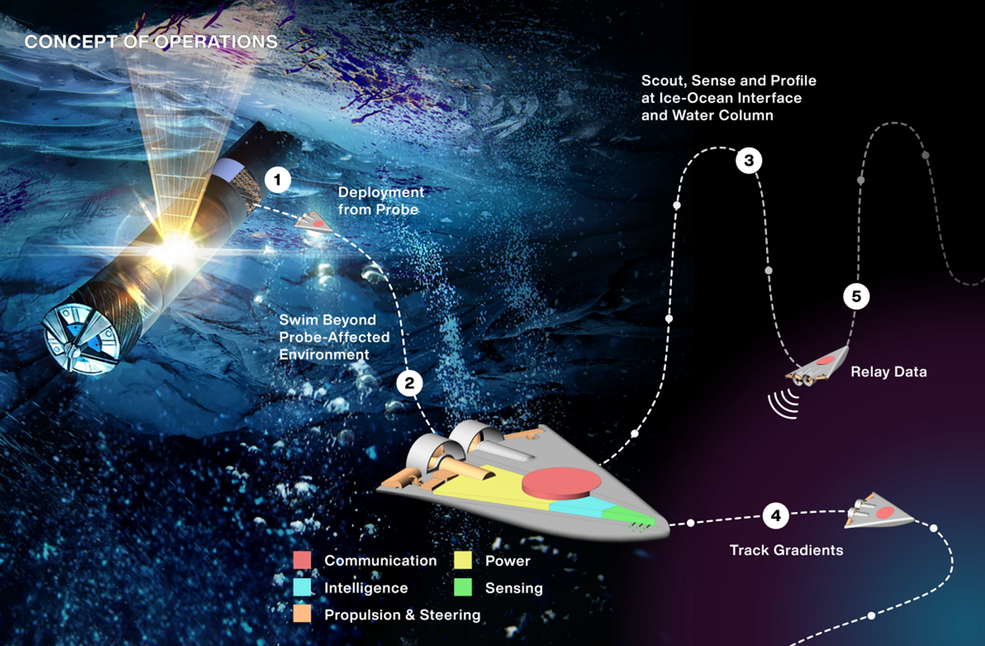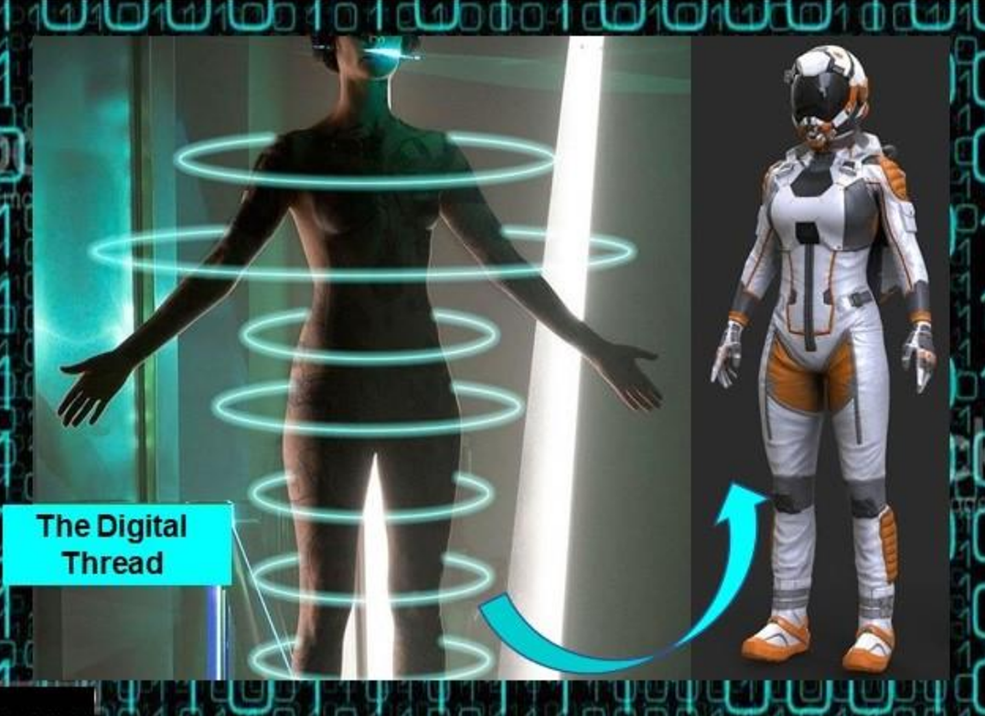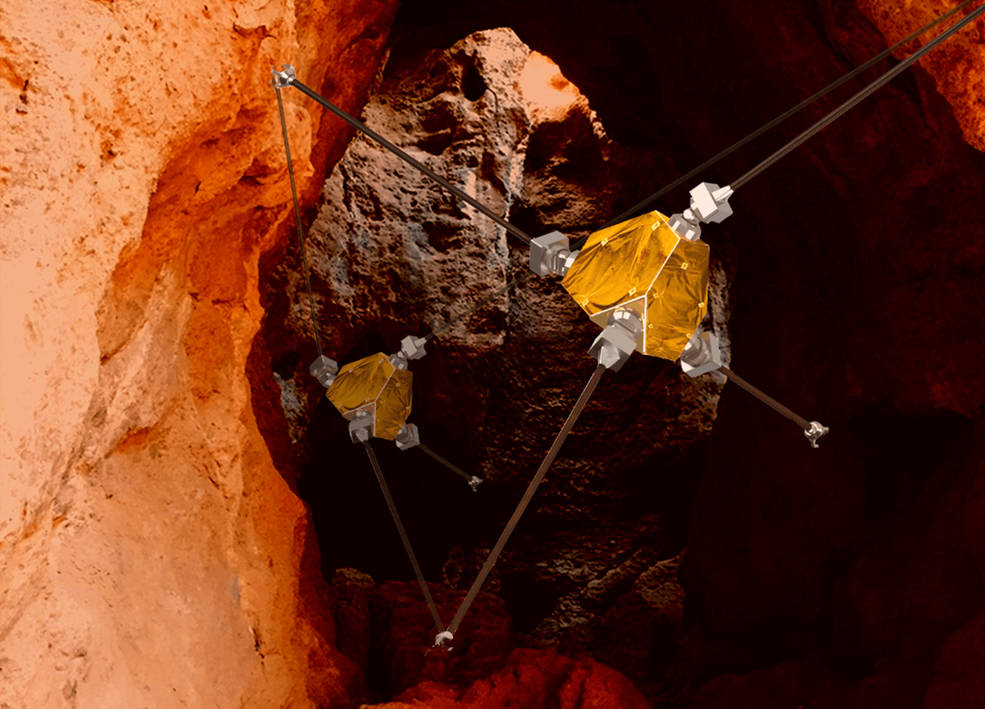From cave robots to artificial gravity, NASA has invested in visionary research proposals that imagine new possibilities for space exploration. Rose Dykins reports
NASA has unveiled 17 incredible research proposals for innovations in aeronautic technology, and announced it will be investing US$5.1 million to the research teams and institutions behind them.
The NASA Innovative Advanced Concepts (NIAC) programme supports breakthroughs in space exploration by funding early-stage studies to evaluate technologies that could shape the future of aeronautics (the projects are not considered official NASA missions.)
In 2022, NASA will award all 17 research teams and institutions behind the selected NIAC concepts a first phase of funding (US$175,000) to continue their work, and five of the teams will also each receive an additional second phase of funding (US$600,000).
“As we set our sights on ever more challenging destinations for exploration with humans and robots, innovative ideas and future thinking will be critical to helping us reach new milestones,” says Pam Melroy, NASA’s deputy administrator. “Concepts like those being studied with this new round of NIAC funding are helping us expand the scope of the possible so we can make it reality.”

Among the successful Phase One NIAC proposals is a spacesuit where an astronaut steps onto a body scanner and, hours later, receives a suit that has been digitally designed and custom-made by robots to be tailored both to their individual physique and to the specific environment on Mars.
The Spacesuit Digital Thread concept, developed by Bonnie Dunbar and the Texas A&M University in College Station, aims to tackle the logistical challenge of repairing spacesuits during missions.
A concept proposed by Sara Seager of the Massachusetts Institute of Technology would help scientists study life on Venus by sending a parachute into the planet’s atmosphere to capture a sample of gas and clouds to be brought back to earth.
Meanwhile, John Mather, Nobel laureate and astrophysicist at NASA’s Goddard Space Flight Centre in Maryland, proposes a concept that could help us study distant Earth-like exoplanets (planets outside our solar system).
A football field-sized “starshade” in space would align with telescopes back on Earth, blocking out light from distant stars and allowing astronomers to search for signs of life in the atmospheres of planets in other star systems.
The selected Phase Two-funded projects include a design for small climbing robots that could explore subsurface caves on Mars (pictured above), and a concept for a swarm of 3D-printed swimming micro-robots (pictured below) that could explore ocean worlds like the planetary moons Enceladus, Europa and Titan.
 Meanwhile, Zac Manchester of Carnegie Mellon University will continue his work on a concept for artificial gravity in space using a 1km-sized rotating structure. After launching on a single rocket, the proposed structure would deploy to 150 times its original size, becoming a huge rotating habitat that would provide artificial gravity equal to Earth’s gravity in some parts of the structure.
Meanwhile, Zac Manchester of Carnegie Mellon University will continue his work on a concept for artificial gravity in space using a 1km-sized rotating structure. After launching on a single rocket, the proposed structure would deploy to 150 times its original size, becoming a huge rotating habitat that would provide artificial gravity equal to Earth’s gravity in some parts of the structure.
Jim Reuter, associate administrator for NASA’s Space Technology Mission Directorate (STMD), adds: “NASA’s mission to explore the universe requires new technologies and new ways of doing things. Studying these creative ideas is the first step to turn science fiction into science fact.”
See each of the selected NIAC proposals here


